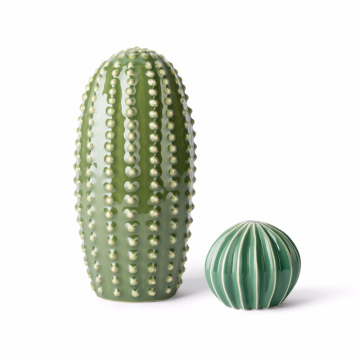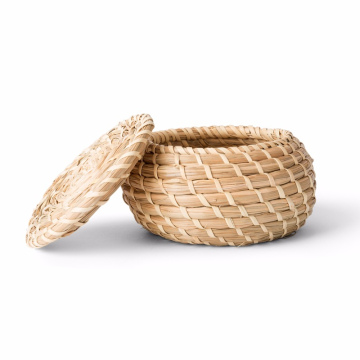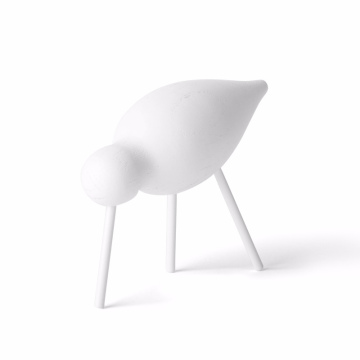The History of Surinagashi: Japan’s Elegant and Velvety Pureed Soup
Introduction to Surinagashi (すり流し)
Surinagashi (すり流し) is a refined and elegant Japanese pureed soup, known for its silky texture and delicate umami balance. The name derives from the Japanese words "suri" (すり, to grind or puree) and "nagashi" (流し, to pour or flow), referring to the smooth, velvety consistency of the soup. Unlike Western-style pureed soups, which often incorporate cream or butter, surinagashi is light, subtly seasoned, and highlights the natural essence of its ingredients.
Traditionally served as part of kaiseki ryōri (懐石料理, multi-course fine dining), surinagashi is a dish that embodies the Japanese culinary philosophy of simplicity, seasonality, and harmony (shun, 旬). Over centuries, this delicate soup has evolved from its origins in Buddhist temple cuisine (shōjin ryōri, 精進料理) to a versatile dish enjoyed in both formal and casual dining settings.
Origins: A Soup Rooted in Japanese Culinary Tradition
1. Surinagashi in Buddhist Temple Cuisine (Shōjin Ryōri - 精進料理)
The origins of surinagashi can be traced back to the Kamakura period (1185–1333), when Zen Buddhism spread throughout Japan. Monks in Buddhist temples followed a strict vegetarian diet, known as shōjin ryōri, which emphasized the use of plant-based ingredients, natural flavors, and seasonal produce. Since dairy products were not commonly used in traditional Japanese cuisine, monks developed techniques to create rich, creamy textures using pureed vegetables, nuts, and tofu.
One of the earliest forms of surinagashi was made from ground sesame seeds (goma - 胡麻) blended with dashi (Japanese stock), resulting in a delicately nutty and smooth soup. This style of nut-based surinagashi became a cornerstone of temple cuisine, providing monks with a nutritious and easily digestible dish.
2. Surinagashi in Samurai and Kaiseki Cuisine
During the Muromachi period (1336–1573) and Edo period (1603–1868), kaiseki ryōri emerged as a highly refined dining style among the samurai class and aristocracy. Surinagashi became a sophisticated appetizer served in formal banquets (honzen ryōri, 本膳料理) and tea ceremonies. The dish evolved beyond temple cuisine, incorporating umami-rich dashi made from kombu (kelp) and katsuobushi (bonito flakes) to create a more savory and refined flavor profile.
By the Meiji period (1868–1912), as Japan opened to international influences, Western-style soups became popular, but surinagashi remained a symbol of Japan’s minimalist and ingredient-focused culinary aesthetic.
Culinary Techniques: The Art of Making Surinagashi
The key to an exceptional surinagashi lies in its silky texture and balanced umami. Traditional Japanese chefs employ precise culinary techniques to achieve a soup that is delicate yet deeply flavorful.
1. The Base: Creating a Smooth Puree
- Vegetables, nuts, or seafood are carefully selected based on seasonal availability (shun, 旬).
- Ingredients are steamed, simmered, or roasted to enhance their natural sweetness and umami.
- The softened ingredients are then pureed using a suribachi (すり鉢, Japanese grinding bowl) or blended to a velvety consistency.
2. Flavor Enhancement: Incorporating Dashi and Seasonings
- Unlike Western soups that rely on cream or butter, surinagashi gains its depth of flavor from dashi (出汁, Japanese stock).
- The most commonly used dashi bases include:
Kombu dashi (昆布出汁) – Delicate and umami-rich, perfect for vegetable-based surinagashi.
Katsuobushi dashi (鰹節出汁) – Adds a light smoky depth, ideal for seafood variations.
Iriko dashi (煮干し出汁) – Made from dried anchovies, providing a slightly briny taste.
- Seasonings such as shiro miso (白味噌, white miso), shoyu (醤油, soy sauce), or yuzu zest (柚子) are used to enhance the soup’s subtle nuances.
3. Finishing Touches: Garnishes and Presentation
- A traditional kaiseki-style surinagashi is often garnished with:
Junsai (蓴菜, water shield plant) – A rare aquatic plant known for its gelatinous coating, adding a luxurious texture.
Wasabi (山葵) – Provides a sharp contrast to the soup’s smooth consistency.
Microgreens or kinome (木の芽, young sanshō leaves) – Adds a fresh herbal note.
Floating droplets of dashi-infused oil to enhance aroma and mouthfeel.
Types of Surinagashi: Regional and Seasonal Variations
Surinagashi is a versatile dish, with variations depending on seasonal ingredients and regional specialties.
1. Vegetable-Based Surinagashi (Yasai Surinagashi - 野菜すり流し)
- Kabocha Surinagashi (かぼちゃすり流し) – Made with Japanese pumpkin (kabocha), creating a naturally sweet, vibrant golden soup.
- Edamame Surinagashi (枝豆すり流し) – A summer favorite, highlighting the bright green hue and nutty undertones of young soybeans.
- Daikon Surinagashi (大根すり流し) – Features the mild bitterness and refreshing qualities of Japanese radish.
2. Nut and Sesame-Based Surinagashi (Goma Surinagashi - 胡麻すり流し)
- White Sesame Surinagashi (白胡麻すり流し) – Delicate, creamy, and often served warm in winter months.
- Peanut or Walnut Surinagashi (落花生 or 胡桃すり流し) – Rich, slightly sweet, and inspired by Kyoto’s temple cuisine.
3. Seafood-Based Surinagashi (Gyorui Surinagashi - 魚類すり流し)
- Shirako Surinagashi (白子すり流し) – Made from cod milt (shirako), known for its luscious creaminess.
- Crab Surinagashi (蟹すり流し) – Infused with delicate umami from fresh crab meat, often served chilled in summer.
Culinary Terms Related to Surinagashi
- Umami (旨味) – The deep savory taste developed through dashi and natural ingredients.
- Shun (旬) – The Japanese concept of seasonality, ensuring the freshest ingredients.
- Suribachi (すり鉢) – A traditional Japanese grinding bowl used for making pastes and purees.
- Zansho (残照) – The lingering aftertaste that defines a well-balanced surinagashi.
- Hikiotoshi (引き落とし) – A pouring technique that ensures a smooth, unbroken flow of soup into the bowl.
Conclusion: Surinagashi’s Enduring Elegance
With its silken texture, delicate umami balance, and artistic presentation, surinagashi exemplifies the refinement of Japanese cuisine. Originating from Zen Buddhist traditions, it has seamlessly transitioned into kaiseki fine dining, showcasing Japan’s mastery of simplicity and harmony. Whether served warm in winter or chilled in summer, surinagashi remains a timeless dish that honors both tradition and innovation in Japanese culinary arts.






